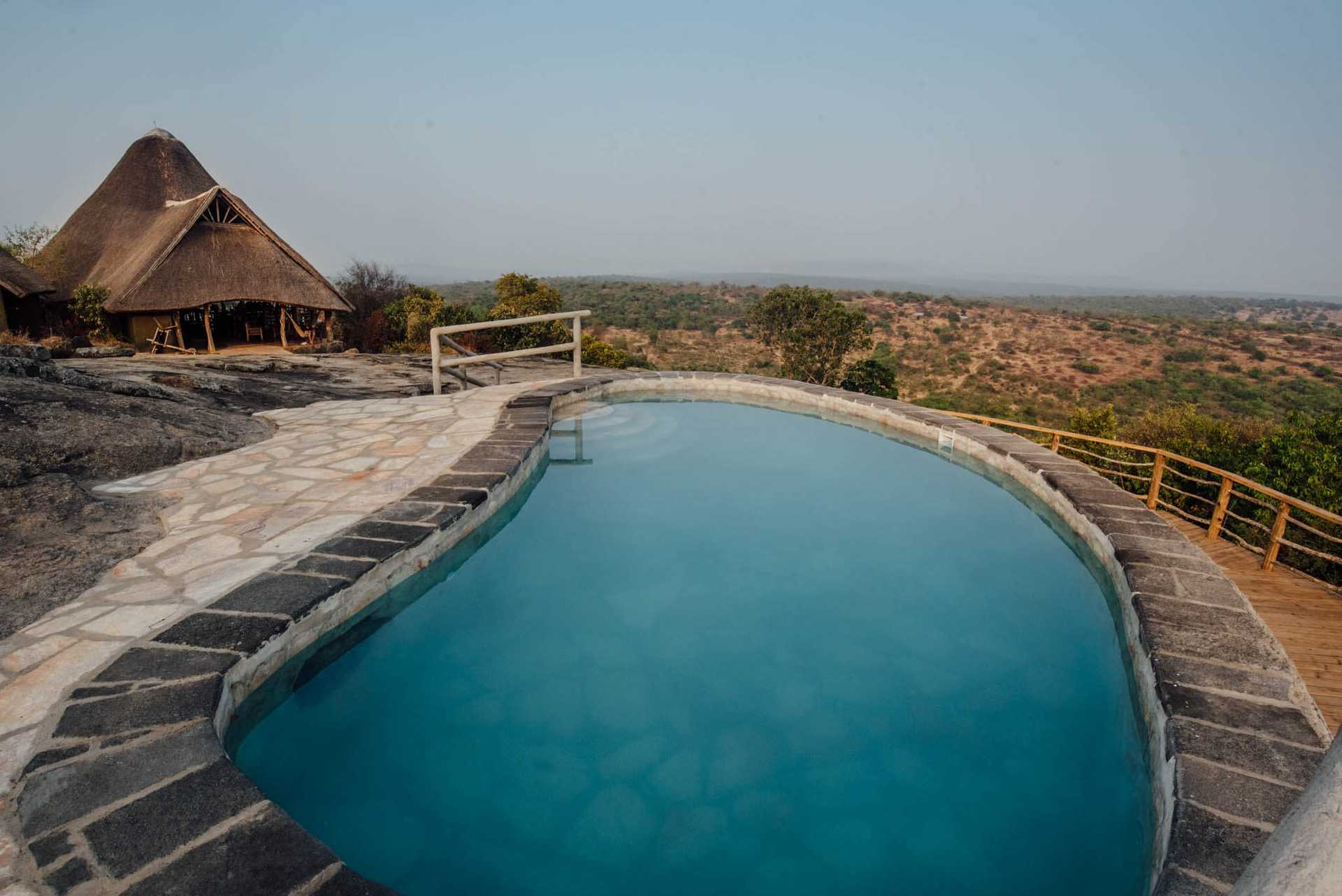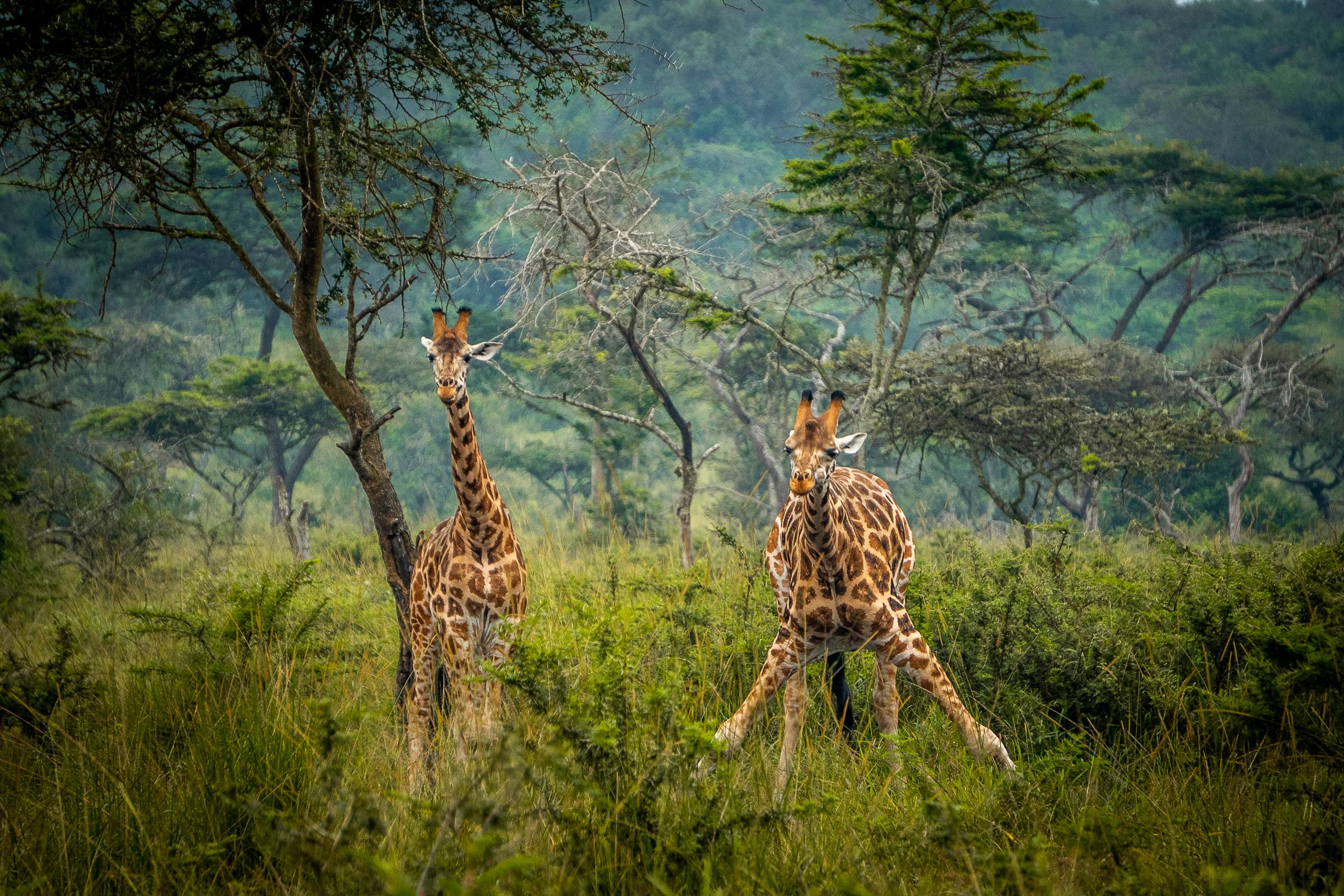- Home
- Uganda
- Gorilla Trekking Safaris
- 15 Day Gorillas – Chimps and Big 5 Safari
- 14 Day Uganda-Rwanda Wildlife & Primates Safari
- 10 Day Uganda Wildlife and Primates Safari
- 10 Day Highlights of Uganda Safari
- 8-Day Uganda Gorilla – Chimpanzee and Big Five Safari
- 7 Day Murchison Falls with Chimps and Gorillas
- 6 Day Gorillas and Lake Mburo Safari
- 6 Day Gorilla Trekking and Queen Elizabeth
- 5 Day Gorillas and White Water Rafting Safari
- 3 Day Uganda Fly to Bwindi Gorilla Safari
- 3 Day Gorilla Trekking and Batwa Trails in Bwindi
- 3 Day Gorillas and Lake Bunyonyi Safari
- Wildlife Safaris
- 22 Days Best of Uganda Wilderness Adventure
- 18 Day Exploring Uganda Safari
- 15 Day Uganda – Kenya -Tanzania Adventure
- 14 Days Uganda & Kenya Wildlife Safari
- 12 Day Mountain Rwenzori Trekking and Wildlife
- 11 Day Uganda Classic Honeymoon Safari
- 7 Day Sipi Falls and Kidepo Valley National Park
- 4 Day Kibale Forest Chimpanzee Tracking
- 3 Days Queen Elizabeth Wildlife Safari
- 3 Day Murchison Falls with Big 5 Adventure
- 3 Day Best of Jinja Safari Adventure
- Birding & Fishing Tours
- 21 Days Birding Uganda and Gorilla Trekking Safari
- 18 Days Birding Tour with Gorilla Trekking
- 15 Days Uganda Birding Safari with Gorillas and Chimps
- 10 Day Birding Uganda and Game Drives
- 10 Day Uganda Fishing Safari with a Boat Cruise
- 4 Day Murchison Falls Fishing Safari
- 3 Day Mabamba Shoebill Birding Safari
- Gorilla Trekking Safaris
- Rwanda
- Kenya
- Tanzania
- Long Safaris
- 15 Day Uganda – Kenya and Tanzania Safari Holiday
- 14 Day Tanzania Wildlife Safari & Pangani Beach Holiday
- 10 Day Wildlife and Kilimanjaro Cultural Safari
- 9 Day Kilimanjaro Hiking Safari in Tanzania
- 9 Day Highlights of Tanzania Safari
- 8 Day Best of Tanzania Wildlife Safari
- 8 Day Classic Honeymoon Package with Zanzibar
- Short Safaris
- Long Safaris
- National Parks
- Uganda
- Rwanda
- Kenya
- Tanzania
- Serengeti National Park
- The Ngorongoro Conservation Area
- Tarangire National Park
- Lake Manyara National Park
- Mount Kilimanjaro National Park
- Arusha National Park
- Gombe National Park
- Katavi National Park
- Kitulo National Park
- Mahale Mountains National Park
- Mikumi National Park
- Mkomazi National Park
- Nyerere National Park (Selous)
- Ruaha National Park
- Rubondo Island National Park
- Saadani National Park
- Udzungwa Mountains National Park
- Blog & Tips
- About Us
- Contact



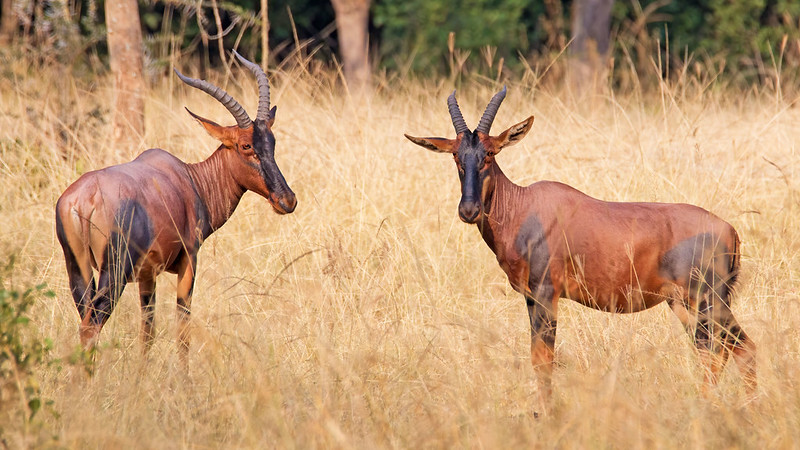
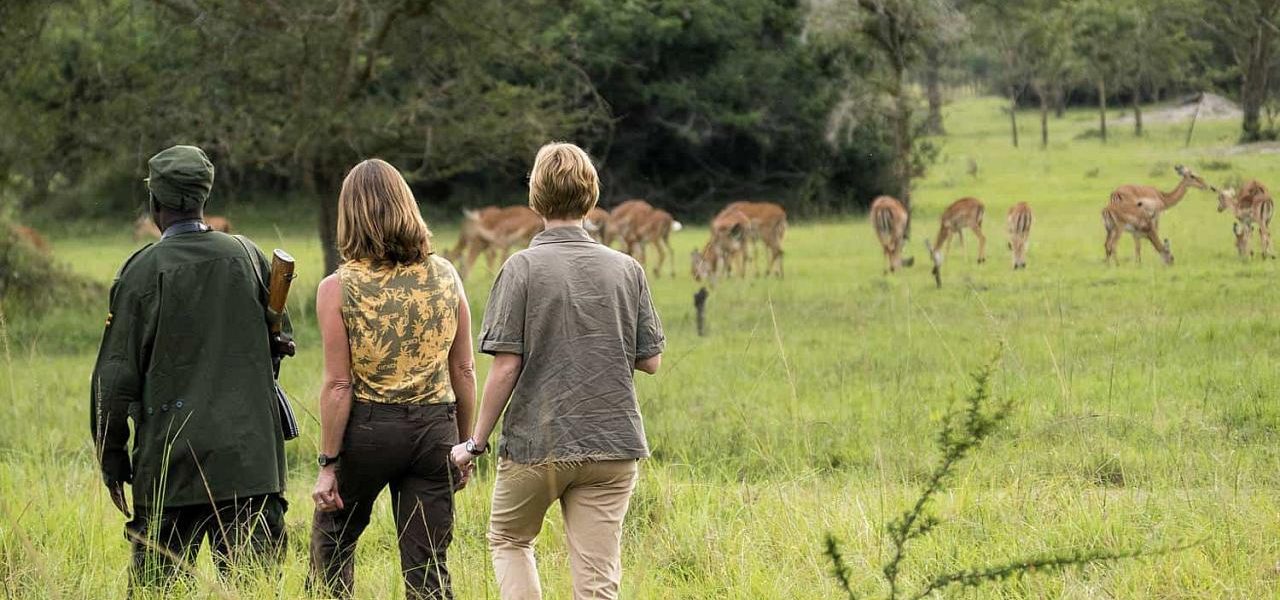 One of the strangest things about Lake Mburo National Park is that, in the company of a knowledgeable guide, you can walk through the entire park—a real anomaly in many African animal parks. Popular walking trails lead to interesting places like the Rwonyo salt lick, where animals congregate to feed on mineral-rich soil, the peaceful lakeshores which are full of birds, the thick Rubanga Forest, and picturesque hilltops with stunning views of the surrounding savannah and wetlands.
One of the strangest things about Lake Mburo National Park is that, in the company of a knowledgeable guide, you can walk through the entire park—a real anomaly in many African animal parks. Popular walking trails lead to interesting places like the Rwonyo salt lick, where animals congregate to feed on mineral-rich soil, the peaceful lakeshores which are full of birds, the thick Rubanga Forest, and picturesque hilltops with stunning views of the surrounding savannah and wetlands.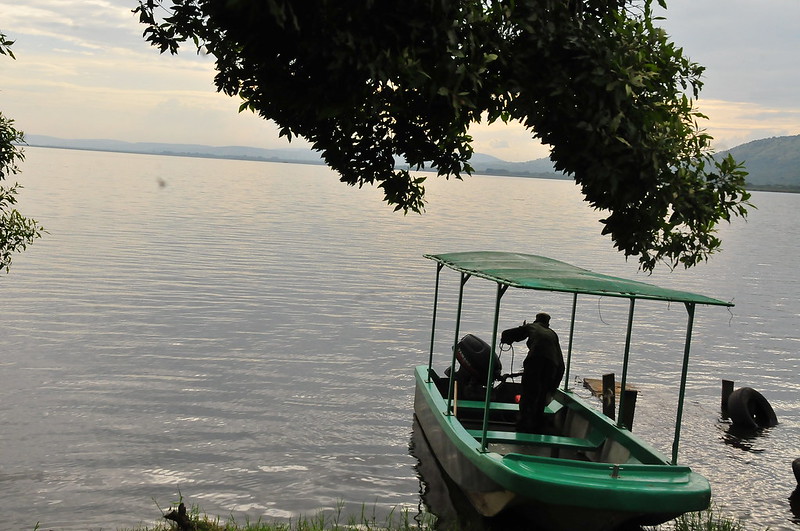 The most relaxing and enjoyable part of a Lake Mburo National Park safari may be leaving dry land far behind and setting out onto the peaceful surface of Lake Mburo itself, where the experience becomes altogether different in terms of pace. On the lake, you swap the dirt of the game tracks and an occasional tsetse fly for gentle breezes, peaceful landscapes, and a peaceful peek at the lives of the park’s water and shore creatures.
The most relaxing and enjoyable part of a Lake Mburo National Park safari may be leaving dry land far behind and setting out onto the peaceful surface of Lake Mburo itself, where the experience becomes altogether different in terms of pace. On the lake, you swap the dirt of the game tracks and an occasional tsetse fly for gentle breezes, peaceful landscapes, and a peaceful peek at the lives of the park’s water and shore creatures.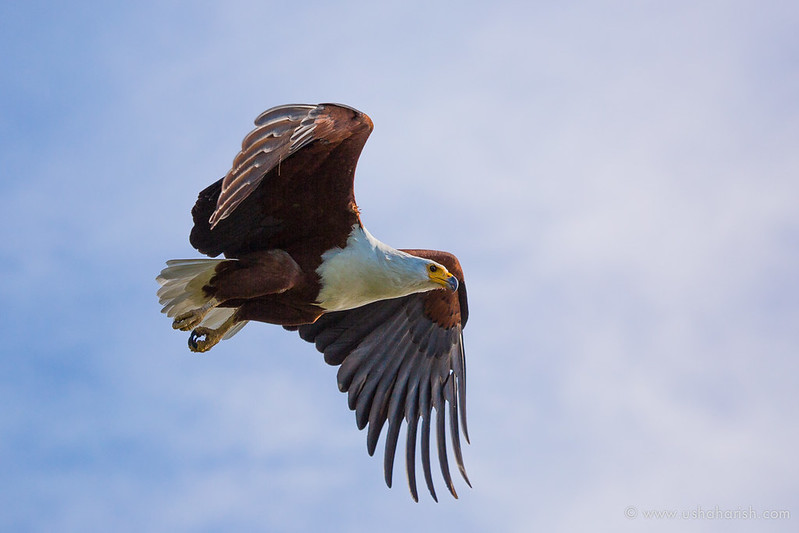 One of the favorite birding sites is Lake Mburo National Park, owing to the mosaic of habitats favoring wetlands, savannah, and acacia woodlands—each of which hosts its own unique collection of birds. To aid in the provision of optimum observation points for birding, observation platforms have been specifically installed within the forest and salt lick sections, offering clear vision whether driving or accompanied on foot.
One of the favorite birding sites is Lake Mburo National Park, owing to the mosaic of habitats favoring wetlands, savannah, and acacia woodlands—each of which hosts its own unique collection of birds. To aid in the provision of optimum observation points for birding, observation platforms have been specifically installed within the forest and salt lick sections, offering clear vision whether driving or accompanied on foot.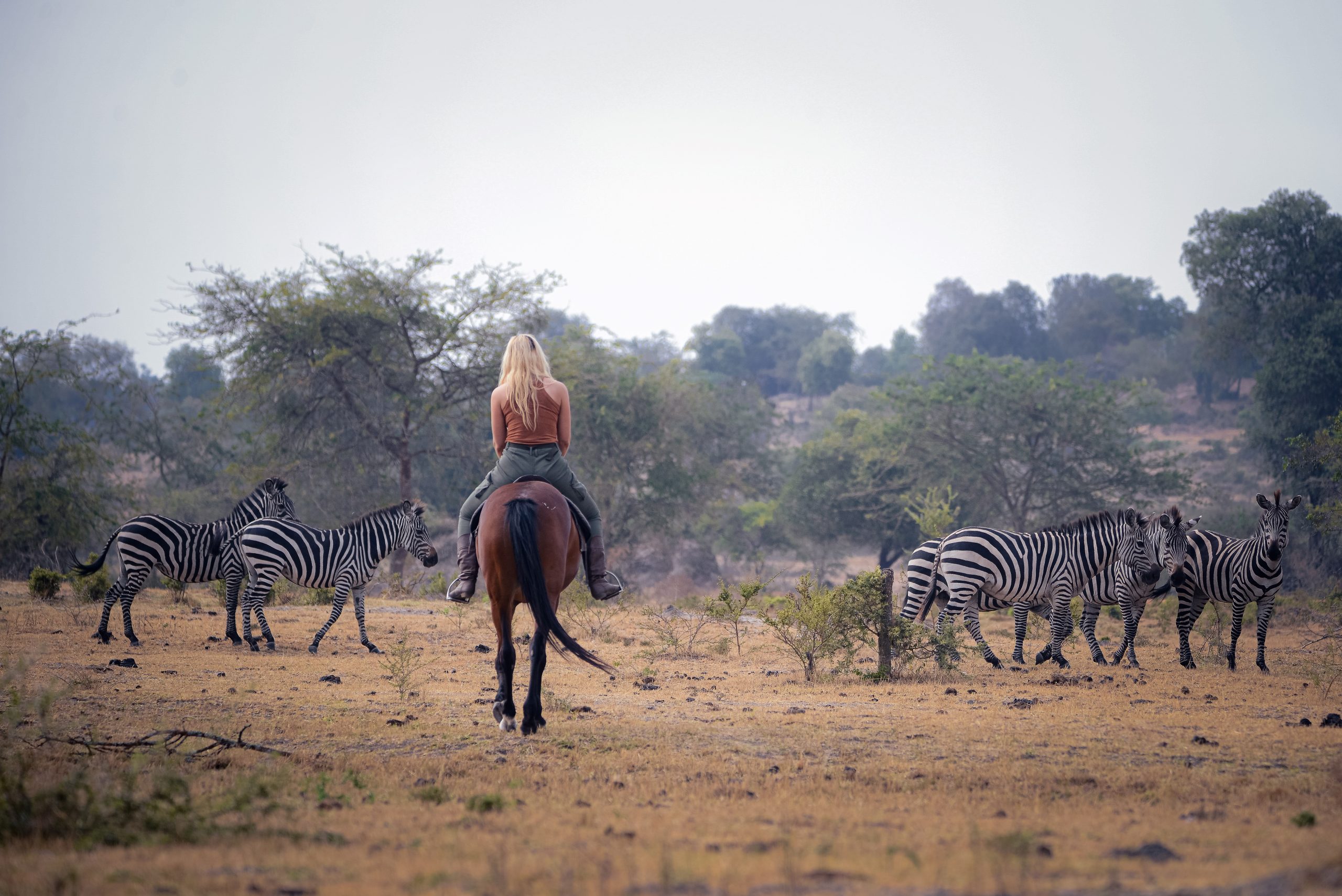 Lake Mburo National Park provides a truly unusual safari experience—you can ride the park on horseback, thus making it the only national park in Uganda where such an experience is available. Conducted through Mihingo Lodge’s stables, horseback safaris accommodate horse riders of all ages and proficiency levels, ranging from total novices to experienced riders, with well-trained horses and competent guides providing a safe and enjoyable excursion.
Lake Mburo National Park provides a truly unusual safari experience—you can ride the park on horseback, thus making it the only national park in Uganda where such an experience is available. Conducted through Mihingo Lodge’s stables, horseback safaris accommodate horse riders of all ages and proficiency levels, ranging from total novices to experienced riders, with well-trained horses and competent guides providing a safe and enjoyable excursion.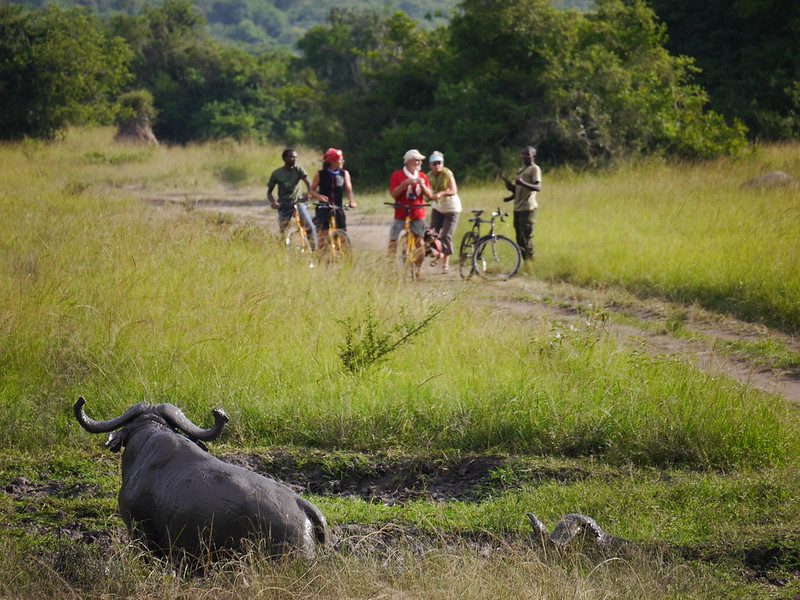 For travelers looking to combine adventure with scenery, mountain biking in close proximity to Lake Mburo National Park offers a thrilling and well-deserved unforgettable experience. The Rwakobo Rock Lodge, located on the edge of the park, has a reliable pool of well-maintained mountain bikes available, thus enabling guests of all fitness levels to set out under their own steam and discover the diverse landscape around the park.
For travelers looking to combine adventure with scenery, mountain biking in close proximity to Lake Mburo National Park offers a thrilling and well-deserved unforgettable experience. The Rwakobo Rock Lodge, located on the edge of the park, has a reliable pool of well-maintained mountain bikes available, thus enabling guests of all fitness levels to set out under their own steam and discover the diverse landscape around the park.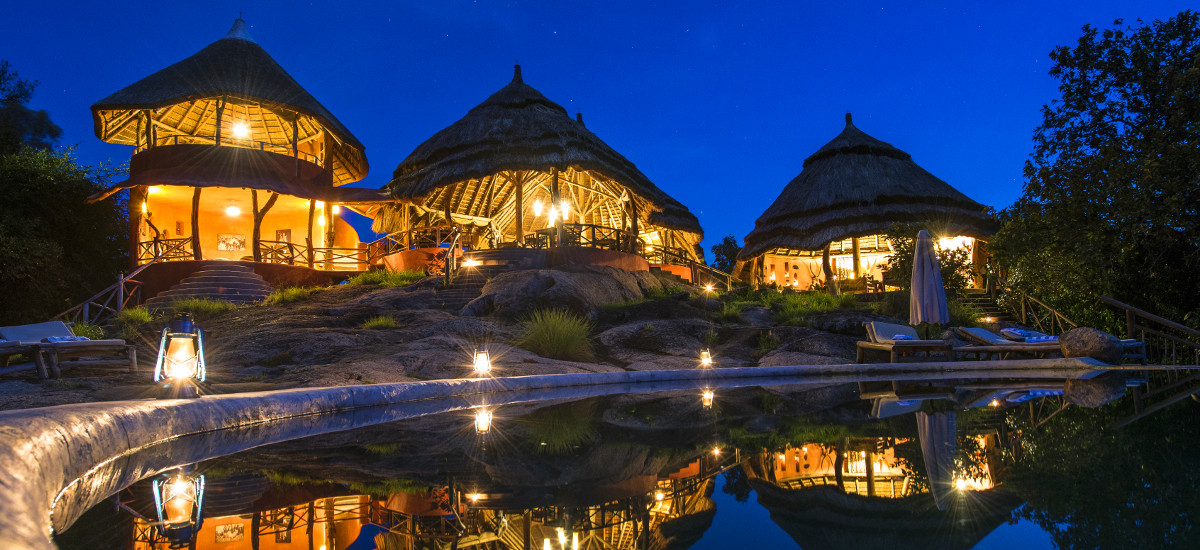 An upscale luxury lodge, Mihingo Safari Lodge is located on a 97-hectare private reserve adjoined to the Lake Mburo National Park. The lodge is strategically placed within an extensive rock outcropping, with its great views sweeping across the countryside while maintaining naturalistic habitat for local wildlife, including the leopard. Its twelve tastefully decorated tented rooms have been meticulously designed to blend in peacefully with the environment, offering a taste of nature without compromising on comfort. The rooms feature thatched roofs, wooden decks, and stunning vistas of the wild, offering a peaceful and private refuge for visitors.
An upscale luxury lodge, Mihingo Safari Lodge is located on a 97-hectare private reserve adjoined to the Lake Mburo National Park. The lodge is strategically placed within an extensive rock outcropping, with its great views sweeping across the countryside while maintaining naturalistic habitat for local wildlife, including the leopard. Its twelve tastefully decorated tented rooms have been meticulously designed to blend in peacefully with the environment, offering a taste of nature without compromising on comfort. The rooms feature thatched roofs, wooden decks, and stunning vistas of the wild, offering a peaceful and private refuge for visitors.